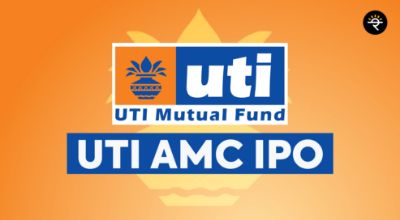We all have heard about a company bringing an Offer for Sale (OFS), but don’t really understand the meaning of it, right? Let’s decode the same in today’s blog!
An OFS is a mechanism through which the promoters in listed companies offer their shares to others.
So, there is no fresh issue of shares in an OFS, rather it’s just an offer from promoters to sell their holding to others. Hence there is no increase in the share capital of the company and yes, as rightly guessed by you, the money paid by you against the shares purchased doesn’t go to the company, but goes to the selling promoters.
Now one question naturally arises in our minds being “Why do promoters sell their shares to others? Are they not confident about the shares of their own company?”
It’s not always like that!
There can be various reasons as to why promoters may be willing to sell their shares to others. Let’s see some of them:
1) To pursue other life goals:
Many a times it so happens that the promoters started a company from scratch and built it as a professional company, brought it to a certain stage - and it took them good amount of time to do so and at current stage of their personal lives, they wish to encash some money and pursue personal or professional goals.
2) Healthy profit booking on their part:
As they have built a business from scratch and have listed the company on the exchanges, doing good business and generating good cash flows, obviously they have made a decent return on their initial investments and what’s wrong with some profit booking? It doesn’t mean that they don’t believe in the fundamentals of their own company. Just assume yourself in their shoes. However strong stocks you may be holding in your portfolio, if you made a decent return, will you not want to secure some of the profits that have been made? Obviously yes!
3) Better investment opportunities:
It may also be a case where the promoters want some stake to be offloaded as they may be eyeing some better investment opportunities in some other space like say private equity, real estate etc.
So now we know as to why do promoters bring in an OFS and applying to an OFS is not always a bad proposition.
Conclusion
So that’s what an OFS is all about!












